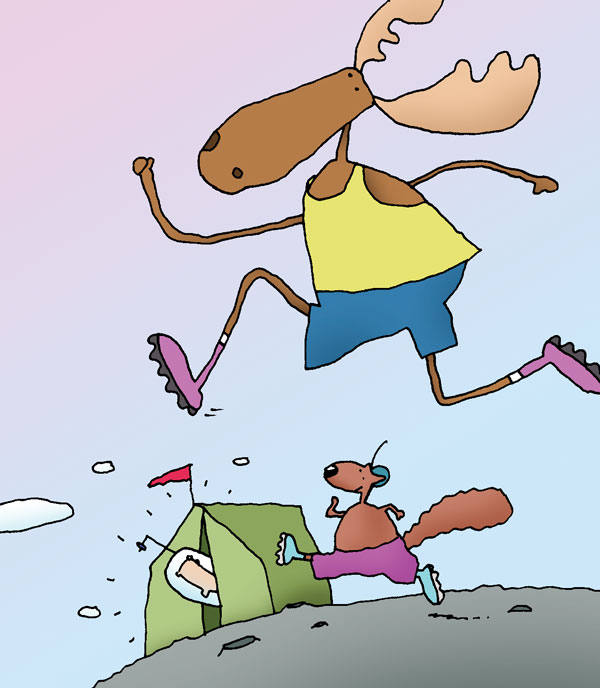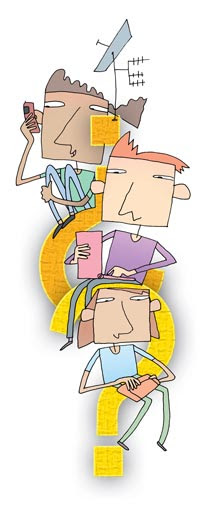March marks the beginning of Women’s History Month. While women deserve recognition every day, this time of year presents a perfect opportunity to pay homage to women of the past and present.
The five writing activities below prompt middle and high school students to explore women’s achievements while also honoring the ongoing fight for progress and equality.
Writing a Historical Dialogue
This prompt introduces students to 16 women who have contributed greatly to history, arts, activism, and science. Students choose one of the contributors, complete additional research, and write a dialogue between themselves and the person.
Goals for Gender Equality
After learning about a gender discrimination lawsuit filed by the U.S. women’s national soccer team, students consider contemporary examples of gender inequality in school, sports, and other group settings. Then, in an essay, students define gender equality and why it matters.




